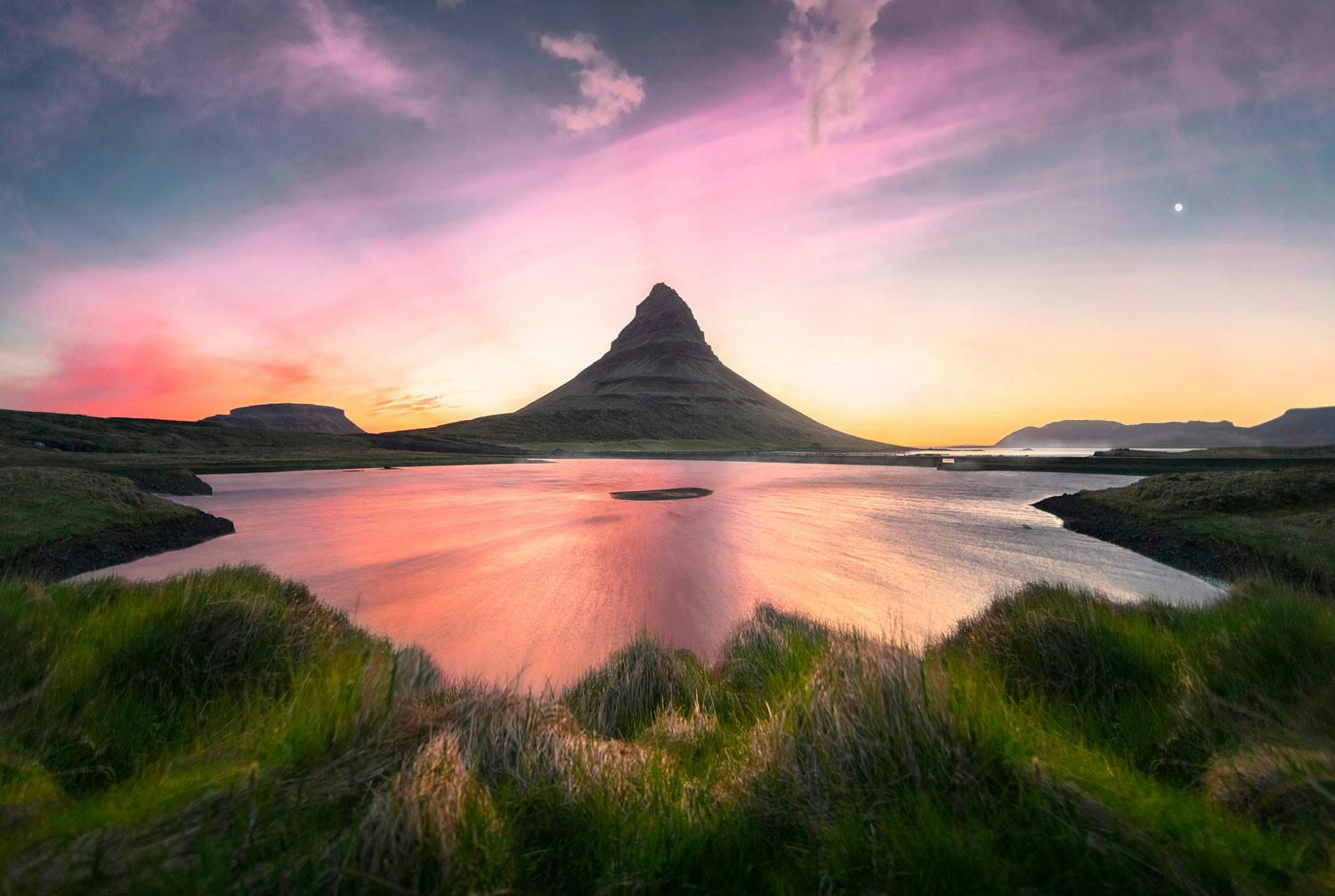
Long History of Trolls and Giants in Iceland
Trolls, giants and giantesses are essential characters in the Icelandic folklore. Their history is just as old as the history of Iceland itself. In this article you’ll learn everything you need to know about these mythical creatures that have accompanied Icelanders through decades and that inspired our name.
The words tröll or troll and tröllkona or female troll are quite extensive because they refer to all beings which are bigger than humans in some ways and that are malicious to some degree, so even those that are ghosts and wizards. However, the name troll is mostly used about the species that are mostly identified by being gigantic. Other names for that species do exist, such as bergbúar (rock dwellers), jötnar (gigantics), þussar or þursar (stone giants), risar (giants), skessur (giantesses), flögð (shrews), gýgjur (stone giantesses) and so forth.
These names are so prominent that the proper names of trolls seldomly appear. Many names also bear witness to the believe in trolls, both names for things, for example: jötunuxi: rove beetle (literally gigantics’ ox), þursaberg: type of basalt stone (lit. stone giant mountain), þursaskegg: bod sedge, lat. Kobresia myosuroides (lit. stone giant beard), gýgjarpúss: sea squirt (lit. stone giantess mushroom), tröllagrös: type of moss (lit. trolls weeds), tröllajurt plant, lat. pedicularis (lit. trolls plant), surtarbrandur: lignite or brown coal (lit. black′s sword), surtarepli: small knobs on horsetail plants (lit. black′s apple) and place names such as Surtshellir (black′s cave), Trölladýngja (troll′s shield mountain), Tröllagata (troll′s trail), Tröllaháls (troll′s ridge), Tröllakirkja (troll′s church), Tröllaskeið (troll′s heath), Tröllaskógur (troll′s forest) and Tröllatunga (troll′s land).
In the Icelandic stories that still exist about trolls, these beings are described just as told in the Nordic myths. They are both considered to be taller and stronger than humans in general, dumb and wild and then greedy and ferocious. Once in a while it is also said that they know many things unknown to humans and that they are kind hearted and noble and trusty as gold. When something wrong is done to them, the trolls get furiously upset and try to get revenge in the most cruel way; on the other hand they both thank for good deeds and reward it, and often help humans without being asked to. Trolls are said to be man-eaters but there are many examples that they also wanted sexual companionship with humans and to get that they have both kidnapped men and women.
Even though trolls are in many ways dangerously deformed, they always take shape of humans in all basic ways, because it appears so that they are an older race than the humans. The trolls are supposed to have been offended that Christianity was adopted here in this Iceland and have tried in many ways to impede its growing following and they settled nearby where Christianity was adopted and churches built, and if they didn’t have their way like they wanted they tried to drive the humans crazy and to seduce them from Christianity to their own religion. Trolls live in cliffs, mountain ranges and caves and survive on animal hunting, fishing and perhaps livestock as well. Some of them may not see the light of day and turn to stone if the sun gets to shine upon them and therefore they only move during the night. It looks like they are a special species of trolls and have been given the unique name nátttröll (night troll).
Many sayings exist that describe the behavior of trolls and some of them praise them while others blame them for something, just as Snorra Edda says in chapter 31: “People are rightly named after Æsir (the old Nordic gods); people are also named after the stone giants, those names are mostly mockery or derogatory”. In the same way skass (female troll), skessa (female giants) or flagð (shrew) and similar words are derogatory about women and are not used unless about those women that behave as wild beasts in some ways or are bossy.
When one wants to say that someone is looking at something while being stupefied or sheepish it is said that “he stares at it, like a troll at Heaven or clear skies,” and it likely comes from the fact that trolls which are so unfriendly towards Christianity, will never have a chance to return to Heaven. Then there are other sayings that praise the individual, such as tröllatryggð (trustworthy as a troll) and it is said that one is the biggest trustworthy troll when one is loyal or trustworthy, then more sayings exist such as “tröll eru í tryggðum best” (trolls are the best in trust) and “tröll ganga trautt á grið sín” (not all trolls use up their mercy).
Source: Icelandic folk tales and fairy tales, collected by Jón Árnason, published in 1862, 1. volume, pages 181-182.